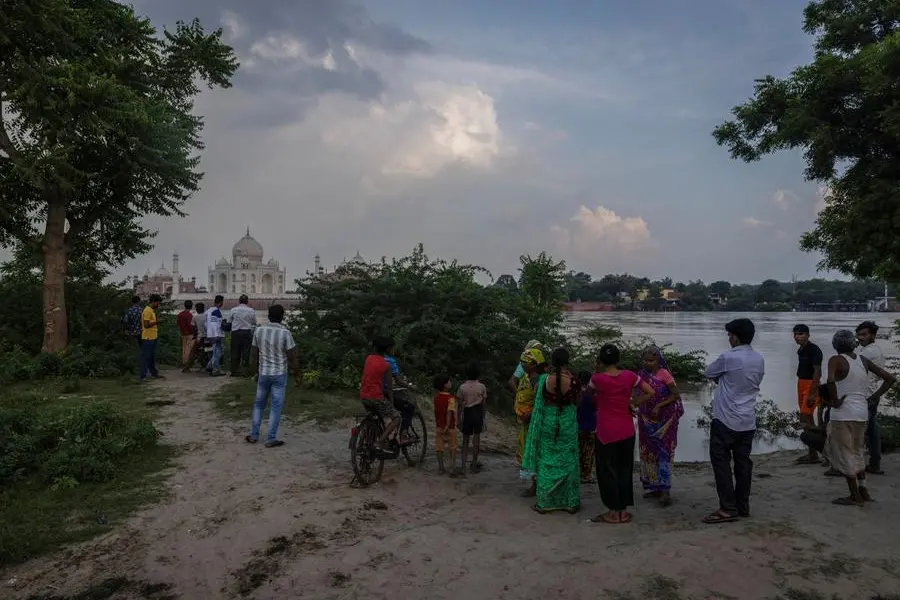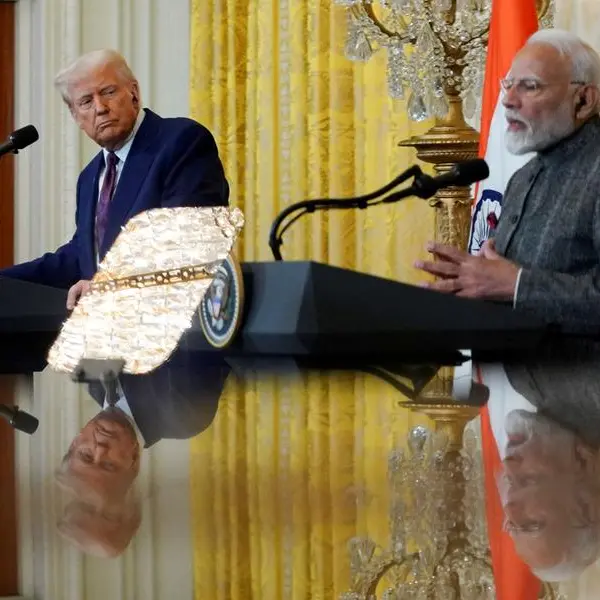PHOTO
India is poised for its lowest monsoon rains in eight years, with the El Niño weather pattern seen crimping September precipitation after an August that is on track to be the driest in more than a century, two weather department officials told Reuters on Monday.
The monsoon, vital for India's $3 trillion economy, delivers nearly 70% of the rain the country needs to water crops and refill reservoirs and aquifers. Nearly half of the farmland in the world's most populous nation lacks irrigation.
The summer rainfall deficit could make essentials such as sugar, pulses, rice and vegetables more expensive and lift overall food inflation, which jumped in July to the highest since January 2020.
Lower production could also force India, the world's second biggest producer of rice, wheat, and sugar, to impose more curbs on exports of these commodities.
"El Niño dampened rainfall in August, and it will also have a negative impact on September rainfall," said a senior official at the India Meteorological Department (IMD). They declined to be identified since they were not authorised to brief the media.
India is on course to end the June-September monsoon season with a rainfall deficit of at least 8%, which would be the widest since 2015, when El Niño also curtailed precipitation, the official added.
The weather department did not immediately respond to requests for comment.
Indian weather authorities are expected to announce their September forecast on Aug. 31.
IMPACT OF EL NIÑO
In its last full-season forecast, on May 26, the IMD had anticipated a rainfall deficit of 4% for the season, assuming limited impact from the El Niño weather pattern.
El Niño is a warming of Pacific waters that is typically accompanied by drier conditions over the Indian subcontinent.
India is heading for its driest August in more than a century, weather department officials said earlier this month.
The current monsoon has been uneven, with June rains 9% below average but July rains rebounding to 13% above average.
The erratic distribution of monsoon rains has led India, the world's largest rice exporter, to limit rice shipments, impose a 40% duty on onion exports, permit duty-free imports of pulses, and could potentially result in New Delhi banning sugar exports.
The southwest monsoon will begin withdrawing from northwestern India on time or slightly before the normal date of Sept. 17, the other IMD official said.
The last four Septembers have seen above-average rains due to delayed withdrawal of the monsoon, he said.
"In September, northern and eastern states could experience below-normal rainfall. However, we might see a revival in rainfall in the southern peninsula," the second official said.
September rainfall is key for winter-sown crops such as wheat, rapeseed and chickpeas.
"Soil moisture level has gone down because of scanty rainfall in August. We need good rainfall in September, otherwise planting of winter crops would be affected," said a Mumbai-based dealer with a global trading house.
(Reporting by Rajendra Jadhav; Editing by Tony Munroe, Raju Gopalakrishnan and Alex Richardson)





















